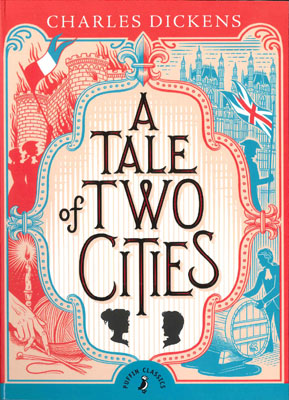

She states, "I am not unwilling to die, if the Republic which is to do so much good to us poor, will profit by my death". She is understanding and accepting of the Republic even as she is sentenced to death. She remains calm as she describes that they have been separated by poverty and that her cousin will not know of her fate, but begins to tear up as she wonders if it will be a long wait before she sees her again in heaven. Her calm disposition only breaks once as she tells Carton of her cousin, five years her junior, who is her only familial relative.

Although she says she is weak, she maintains a calm temperament through her last moments as Dickens often describes her hands, eyes, and face as "patient".

She often denotes herself as "poor," "little," "ignorant," and "weak". The seamstress is described as "a young woman, with a slight girlish form, a sweet spare face in which there was no vestige of color, and large widely opened patient eyes". The Republic executes her as the 22nd of fifty-two to be killed that day. She spends her last moments conversing with Carton noting that he provides strength to her. She became acquainted with Charles Darnay during their imprisonments in La Force Prison, and was the only person to recognize Sydney Carton as an impostor as the two of them rode to their execution together. įound guilty of this imaginary crime, she was condemned to death by beheading. The seamstress is an unnamed twenty-year-old woman featured as a desperately poor peasant accused of plotting against the French Republic by Robespierre's Committee of Public Safety during the Terror of the French Revolution in 1793. The seamstress is a fictional character in Charles Dickens's 1859 novel A Tale of Two Cities. The seamstress and Carton, illustration by John McLenan (1859)


 0 kommentar(er)
0 kommentar(er)
